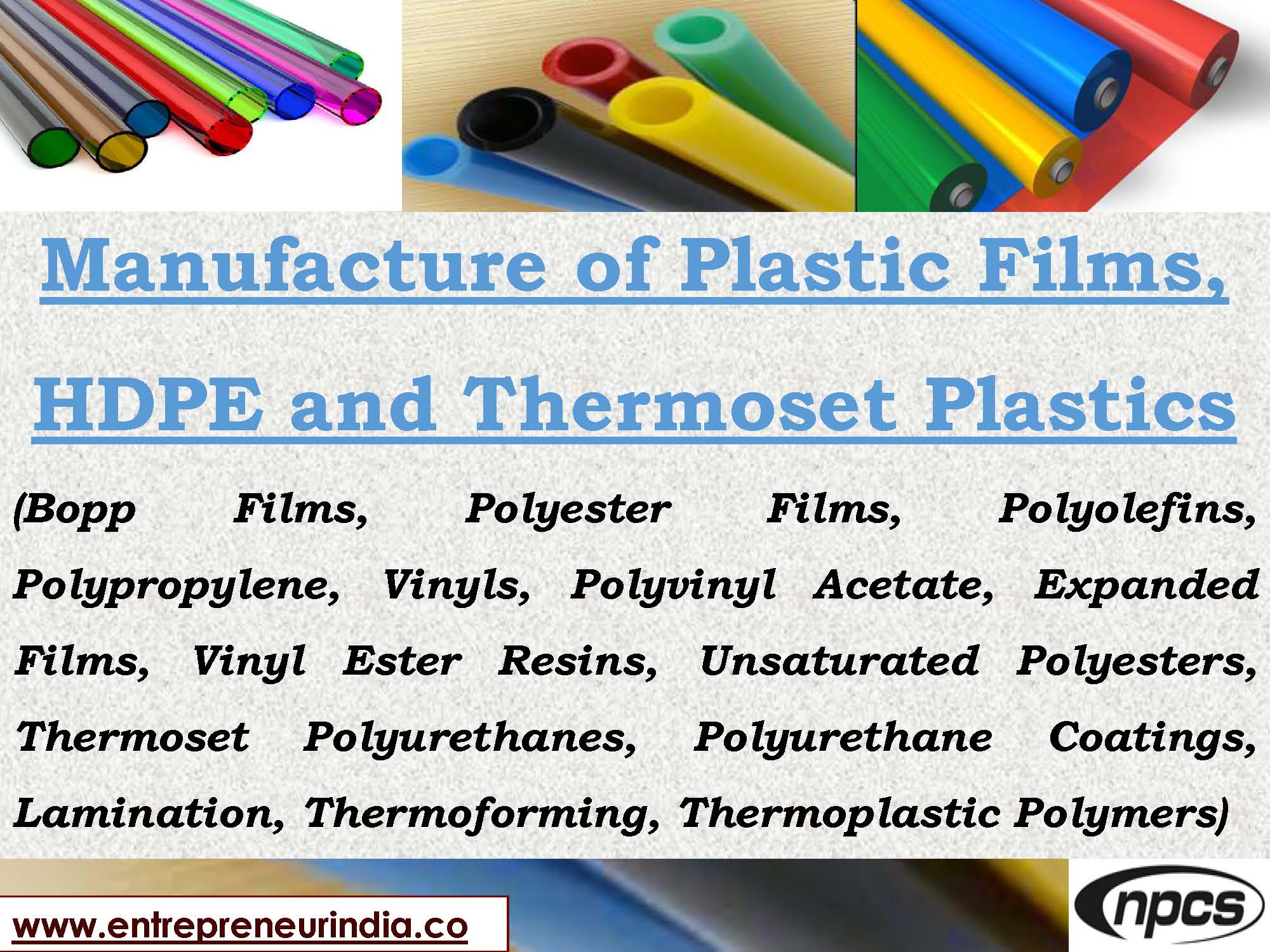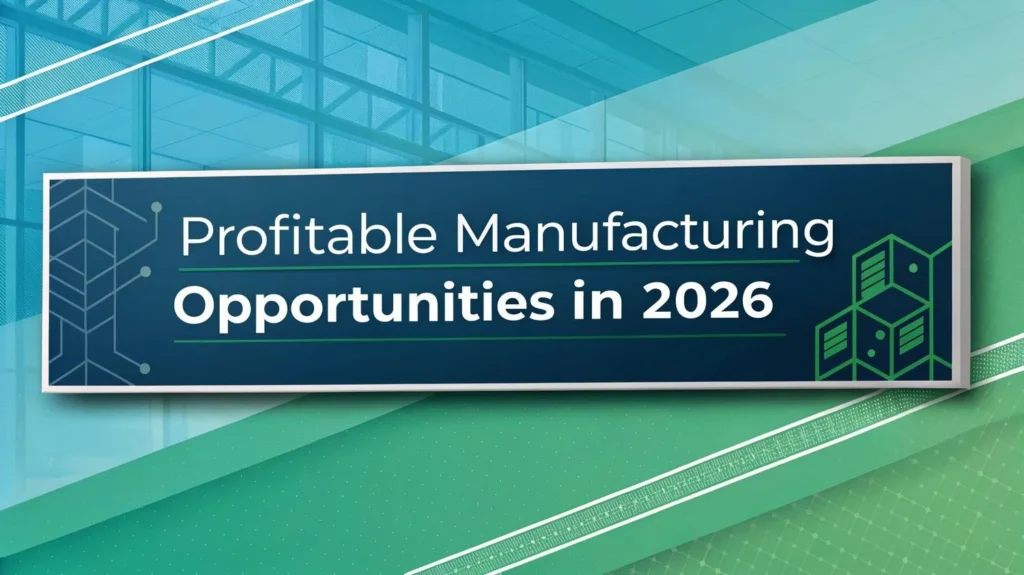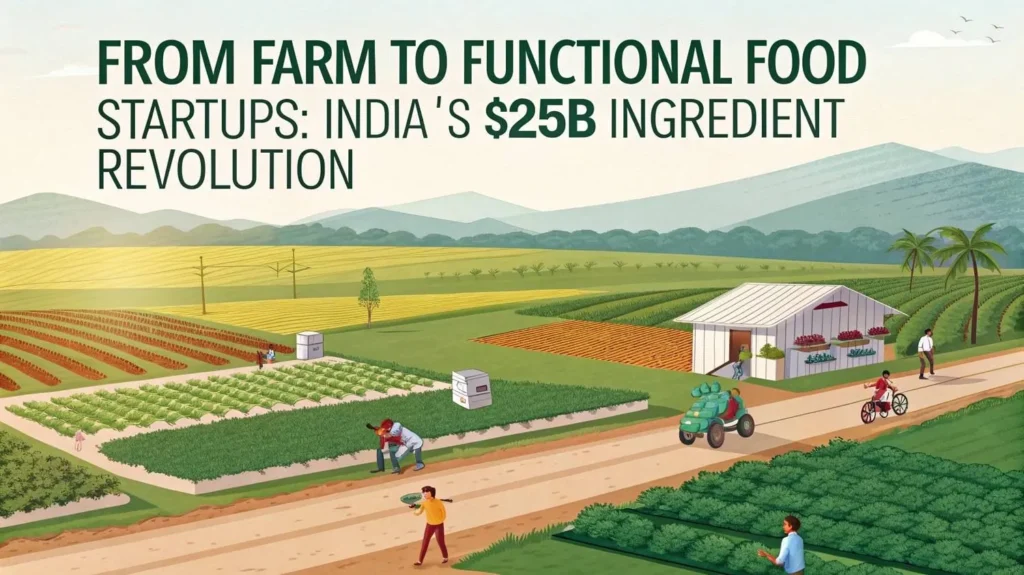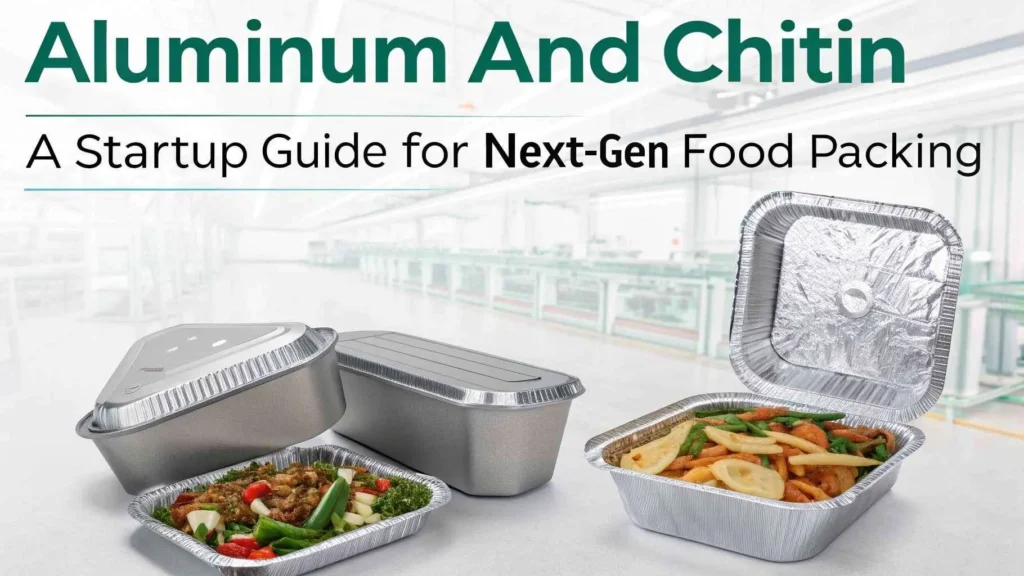
Plastic films have become a fundamental part of modern packaging, agriculture, construction, and industrial applications. From wrapping snacks to lining industrial containers, the scope and utility of films made from materials like HDPE, BOPP, and polyester are vast. Plastic film manufacturing is a high-demand, capital-efficient business with excellent scalability. With the expansion of food processing, e-commerce, pharmaceuticals, and FMCG sectors, the need for durable and functional packaging has never been greater.
Entrepreneurs, SMEs, and industrial manufacturers seeking to enter this domain will find diverse opportunities for innovation, export, and automation. Here’s a detailed guide to understanding how the plastic film manufacturing industry works, particularly in relation to HDPE (High-Density Polyethylene), BOPP (Biaxially Oriented Polypropylene), and polyester films.
Plastic Film Manufacturing Process: Materials, Techniques & Business Setup
Plastic film manufacturing involves converting polymer granules into thin, flexible films using various extrusion and orientation techniques. These films can be transparent, opaque, or colored, and customized for strength, stretchability, or barrier properties. Different film types like HDPE, BOPP, and polyester each serve specific industrial needs, offering versatility across packaging, labeling, lamination, and protective layering.
Understanding the production process and choosing the right film type is essential for building a sustainable and profitable venture.3
See Also : Beverage & Food
Types of Plastic Films and Their Applications
Let’s look at three major film types widely used in plastic film manufacturing:
1. HDPE (High-Density Polyethylene) Film
HDPE film is lightweight, strong, and has excellent moisture resistance. It’s commonly used for:
-
Grocery bags
-
Garbage liners
-
Industrial packaging
-
Agricultural mulch films
HDPE is produced via blown film extrusion, where melted plastic is inflated into a thin bubble and cooled to form film.
2. BOPP (Biaxially Oriented Polypropylene) Film
BOPP films are known for their clarity, strength, and excellent barrier properties. Applications include:
-
Food packaging (snacks, confectionery)
-
Labels and tapes
-
Gift wraps
-
Lamination films
BOPP films are manufactured by stretching polypropylene film in both machine and transverse directions, enhancing its strength and dimensional stability.
3. Polyester (PET) Film
Polyester films are heat-resistant, strong, and chemically stable. Widely used for:
-
Flexible packaging
-
Electrical insulation
-
Solar panels and labels
-
Magnetic tapes
PET films are produced through extrusion and biaxial orientation followed by heat setting, making them suitable for high-performance packaging needs.
Raw Materials Required
Raw material choice directly affects the film’s strength, transparency, and barrier properties. Common inputs include:
-
Polymer Resins:
-
HDPE granules
-
PP resin for BOPP
-
PET resin for polyester
-
-
Additives & Masterbatches:
-
UV stabilizers
-
Anti-blocking agents
-
Slip agents
-
Color masterbatches
-
Raw materials can be procured from reputed suppliers like Reliance, IOCL, SABIC, or global polymer manufacturers.
Machinery & Equipment Setup
For an efficient plastic film manufacturing unit, you’ll require specialized machinery depending on your product type. Here’s a list of standard equipment:
-
Extrusion Line:
-
Blown Film Extruder (for HDPE)
-
Cast Film Line (for BOPP & PET)
-
-
Orientation Machine (for BOPP and PET)
-
Corona Treater: Enhances printability
-
Winders/Rewinders: Roll-to-roll collection
-
Slitter/Rewinder Unit: Cuts master rolls into smaller sizes
-
Quality Control Lab: For film thickness, strength, and visual testing
-
Packaging Machine: For roll packing and dispatch
The machinery cost varies based on output capacity and automation level, ranging from ?25 lakhs for a small HDPE unit to over ?5 crores for a high-speed BOPP line.
Manufacturing Process: Step-by-Step Flow
Let’s understand how plastic film manufacturing works for different film types:
1. HDPE Blown Film Process:
-
Feed HDPE granules into the hopper
-
Heat and melt in the extruder
-
Blow into a bubble using compressed air
-
Cool, flatten, and slit the film
-
Wind onto rolls
2. BOPP Film Manufacturing Process:
-
Extrude molten PP into a flat sheet
-
Stretch in machine direction (MD) using rollers
-
Stretch in transverse direction (TD) using tenter frame
-
Heat-set for dimensional stability
-
Slit and rewind into rolls
3. Polyester Film Process:
-
Melt PET resin and cast into sheets
-
Biaxially orient by sequential stretching
-
Heat-set and crystallize
-
Trim, wind, and package
All processes are precision-controlled and require real-time monitoring of temperature, film thickness, and roll quality.
Workforce and Technical Skills
The workforce depends on plant size and automation. For a mid-size plastic film plant:
-
1 Production Manager
-
3 Machine Operators (shift-wise)
-
2 Technicians for maintenance
-
1 Quality Control Officer
-
2 Helpers for packing and dispatch
-
1 Sales and Inventory Manager
Skill training in polymer processing, machine operation, and safety protocols is vital. Automation reduces manpower but requires highly trained engineers.
Project Cost and Investment Breakdown
The investment for setting up a plastic film manufacturing unit depends on the film type, output capacity, and level of automation.
Sample Cost Estimation for a Small HDPE Unit:
| Component | Estimated Cost (INR) |
|---|---|
| Land & Shed (leased/built) | ?15,00,000 – ?30,00,000 |
| HDPE Blown Film Machine | ?25,00,000 – ?40,00,000 |
| Raw Material (1 month) | ?8,00,000 – ?12,00,000 |
| Electricity & Utilities Setup | ?3,00,000 |
| Packaging and Testing Tools | ?2,00,000 |
| Licensing & Miscellaneous | ?2,00,000 |
| Total Setup Cost | ?55,00,000 – ?85,00,000 |
-
Raw Material: ?10–15 lakhs
-
Labor: ?1.5–2.5 lakhs
-
Power: ?75,000 – ?1.2 lakh
-
Maintenance & Packing: ?50,000 – ?1 lakh
Revenue Estimation:
-
Output: 8–10 MT/month
-
Average selling price: ?140–?180/kg (varies by film)
-
Monthly revenue: ?12–18 lakhs
-
Profit margin: 20–30% (with regular orders)
Licenses & Regulatory Compliance
Before starting plastic film manufacturing, you’ll need the following:
-
Company Registration (Pvt Ltd/LLP)
-
Udyam (MSME) Registration
-
GST Registration
-
Factory License
-
Pollution Control NOC
-
Import License (for raw material imports)
-
Fire Safety Certificate
Complying with BIS or ISO standards adds credibility and eases export opportunities.
Marketing and Sales Channels
To ensure profitability, build strong market linkages. Key sales targets include:
-
Flexible Packaging Companies
-
FMCG Product Manufacturers
-
Agrochemical and Fertilizer Companies
-
Printing and Lamination Units
-
Industrial Distributors and Traders
-
E-commerce Packaging Suppliers
Explore B2B platforms like IndiaMART, TradeIndia, Alibaba, and local industrial exhibitions. Offer custom roll widths, thicknesses, and branding options to gain a competitive edge.
Environmental Impact and Sustainability
Plastic films are often criticized for environmental issues, but advances in recyclable, oxo-biodegradable, and compostable film technology are reshaping the industry. Recycling and reuse loops can be built within the plant.
Some sustainable steps include:
-
Use of recycled polymer blends
-
On-site scrap recycling and pelletizing
-
Energy-efficient machines
-
Lightweight film designs to reduce plastic use
With EPR (Extended Producer Responsibility) and plastic waste management rules tightening in India, sustainable manufacturing is becoming not only an option but a necessity.
Read More :Agriculture & Food
Conclusion
Plastic film manufacturing is a thriving and future-oriented business in the global packaging landscape. With continuous innovation, growing demand from multiple industries, and increasing exports, it offers vast potential for entrepreneurs. Whether you’re starting with HDPE films for grocery packaging or scaling up to high-grade BOPP or polyester films for export, there’s room for growth, automation, and profitability.
By selecting the right technology, adhering to quality standards, and targeting the right market segments, your plastic film unit can become a reliable and scalable enterprise in today’s competitive economy.




